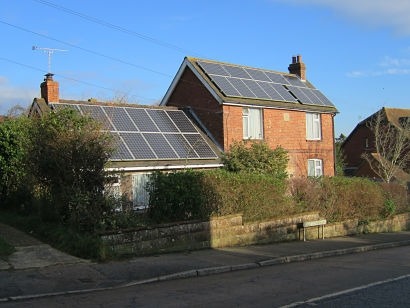
Historically, power grid flexibility has been provided by dispatchable fossil fuel power plants. However, as economies around the world look to cut emissions from the power sector by installing more renewable energy capacity, that flexibility must come from additional sources. According to a new report from Guidehouse Insights, more than 28.4 GW of total flexible residential DER capacity is expected to be online worldwide by the end of 2023. This is projected to grow by an average compound annual growth rate of 14.5 percent to 96.1 GW by 2032.
The number of residential DER like controllable loads (e.g., thermostats, water heaters, and electric vehicle chargers), behind-the-meter batteries, and distributed generation connected to grids is also increasing, giving utilities and grid operators additional tools for grid management.
“Flexibility needs on the power grid have traditionally been addressed by dispatchable fossil fuel power plants” said Dan Power, research analyst with Guidehouse Insights. “However, as economies around the world look to cut emissions by installing more renewable energy capacity, new methods must be used to meet those flexibility needs. When aggregated into VPPs, residential DER can support the larger grid by providing flexibility and other essential services.”
Outside of flexibility enabling technology advances, the market for flexibility from residential DER is being driven by opportunities for low-cost grid resources and segment energy profile changes. Hindering further market growth are cybersecurity concerns, legacy customer attitudes toward energy providers, and antiquated energy sector regulations. Other remaining business issues include customer financial considerations for DER and limited customer education. Companies involved in residential DER and flexibility are diverse with some focusing on hardware, others on software, and several choosing to aggregate and operate VPPs. Technology vendors in the market are adapting their solution offerings to facilitate further market growth, according to the report.
The report, Residential Distributed Energy Resources and Flexibility, examines the flexible residential DER market including retail and wholesale VPPs along with traditional DR. Regional level analyses for capacity, implementation spending, and revenue are presented across five major geographic regions from 2023-2032 with capacity outlooks segmented by technology type.
Total flexible residential DER capacity is projected to be largest in North American throughout most of the analysis period with Europe showing the largest total capacity by 2032.
For additional information:
Report: Residential Distributed Energy Resources and Flexibility

